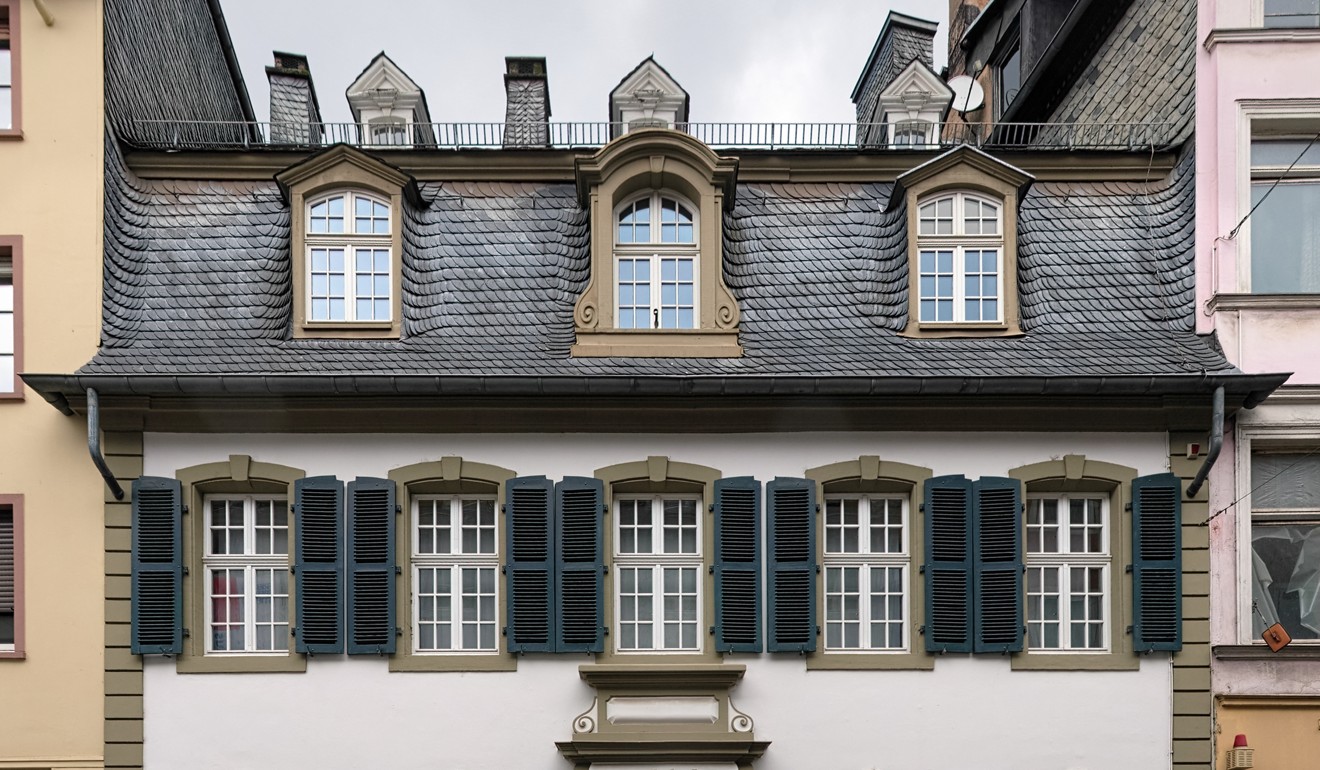
Chinese hit the red tourism trail as Beijing puts communist sites on the map
A combination of official promotion and growing public patriotism is driving more people along the historical revolutionary road, industry sources say
November is usually the off-season for China’s tourism industry but since the start of the month queues of tourists have been forming outside a well-preserved but otherwise nondescript two-storey brick building in Shanghai’s fashionable French Concession area.
The visitors have come from across the country and must be prepared to endure long waits to get inside.
The building is the birthplace of Chinese communism – the site where members of the Communist Party met 96 years ago to hold the organisation’s first national congress. It has long been a stop on the red pilgrimage trail but visitors really started beating a path to the museum’s door after Chinese President Xi Jinping and the other members from the Politburo Standing Committee, the party’s top decision-making body, made a high-profile visit on October 31.

Numbers are also up at South Lake in Jiaxing, Zhejiang province, where the party had to reconvene the first congress after it was aborted in Shanghai under police pressure. Xi and his colleagues stopped at the lake on the same day last month, again leaving a spike in visitor numbers in their wake.
An employee at the scenic area said the site was getting twice the number of tourists it used to handle.
“Normally we have an average of 2,000 to 3,000 people a day, but these days the number has doubled. We’re very busy,” she said.
Most of the visitors were on group tours organised by government departments, schools and colleges, she said.
The appearances of the top officials are part of a national programme and a series of anniversaries that are putting key communist sites on the map.
The central government officially got on the red tourism bandwagon in 2004 when it came up with a five-year plan and identified it not just as an initiative of cultural and economic importance, but a national political project.

The aim was to improve education of the party’s revolutionary traditions, promote patriotism especially among youth, and stimulate economic development in revolutionary areas. The plan has since been updated every five years and the target now is to have 1.5 billion visitors to red sites annually by 2020.
The goal was supported by 1.547 billion yuan (US$233 million) in funding from the central government last year, according to the Ministry of Finance. The Ministry of Transport will do its part by building over 2,400km of roads to improve infrastructure to those sites by 2020.
For some of the destinations, the investment is paying off, with Chinese tourists making 1.147 billion trips to revolutionary sites last year, up more than 14 per cent on 2015, according to the China Tourism Academy, a think tank under the National Tourism Administration.
Liu Simin, from the Chinese Academy of Social Sciences’ Tourism Research Centre, said the trend had been driven mainly by the party.
“Red tourist attractions are those linked to the establishment of the Chinese communist regime. The party needs to promote them to consolidate the foundations of its rule,” Liu said.
“At the same time, most of those places are in remote areas that had a major role years ago but now lag behind in economic development. The government is obliged to alleviate poverty in these areas.”

Travel agent Tuniu said more than a third of its visitors to such destinations were aged between 40 and 60. The next biggest group comprised people under the age of 20, the main targets of the government’s revolutionary education, a company spokesman said.
The drive this year has been given added momentum by a number of key anniversaries, such as the 90th anniversary of the founding of the People’s Liberation Army.
“To celebrate those anniversaries the central and local governments have organised many red tourism activities. And in line with the government, travel agencies have also worked to promote these destinations,” the spokesman said.
Li Qiuyan, general manager of public relations for travel agency Lvmama, said the sector had also benefited from a growing sense of patriotism among the public as China gained a higher profile on the international stage.
“China’s strong economic growth and increasing purchasing power allow Chinese consumers to go to more distant places,” Li said. “Red tourism centres in other parts of the world are also trying to have a share of the huge market.”

She said the German city of Trier, the birthplace of Karl Marx, was anticipating an increase in Chinese tourists with the 200th anniversary of the birth of the political philosopher.
Russia, Germany and Vietnam were the most popular red tourist destinations overseas, while Xian, Yanan and Beijing topped the list within China, she said.

